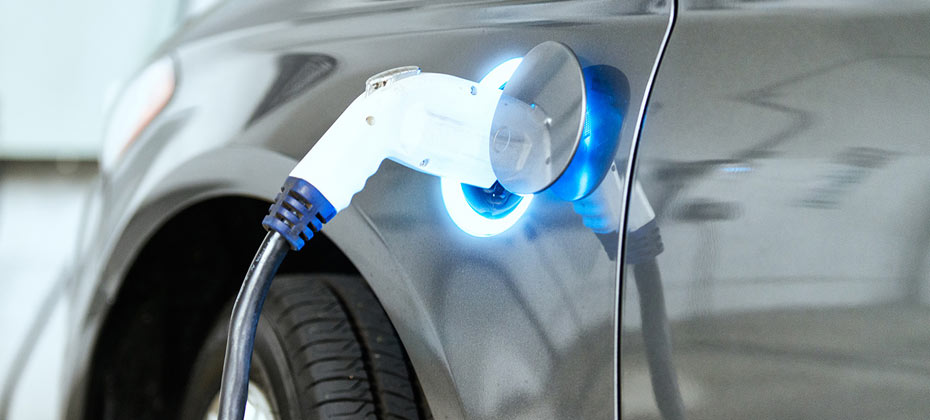At A Glance
It was popularised in the 1960s with the release of Letraset sheets containing Lorem Ipsum passages, and more recently with desktop publishing software like Aldus PageMaker including versions of Lorem Ipsum.Paragraph Block- is simply dummy text of the printing and typesetting industry. Lorem Ipsum has been the industry’s standard dummy text ever since the 1500s, when an unknown printer took a galley of type and scrambled it to make a type specimen book. It has survived not only five centuries, but also the leap into electronic typesetting, remaining essentially unchanged. It was popularised in the 1960s with the release of Letraset sheets containing Lorem Ipsum passages, and more recently with desktop publishing software like Aldus PageMaker including versions of Lorem Ipsum.


Heading 2
Heading 3
Heading 4
Heading 5
- This is a list
- Item 1
- Item 2
- Sub list
- Sub list 2
- Sub list 3
- More list
- More list 2
- More list 3
- More more
- More more
This is the pull quote block Lorem Ipsumis simply dummy text of the printing and typesetting industry. Lorem Ipsum has been the industry’s standard dummy text ever since the 1500s,
ExperianThis is the citation

This is the pull quote block Lorem Ipsumis simply dummy text of the printing and typesetting industry. Lorem Ipsum has been the industry’s standard dummy text ever since the 1500s,
ExperianThis is the citation
| Table element | Table element | Table element |
| my table | my table | my table |
| Table element | Table element | Table element |

Media Text Block
of the printing and typesetting industry. Lorem Ipsum has been the industry’s standard dummy text ever since the 1500s, when an unknown printer took a galley of type and scrambled it to make a type specimen book. It has survived not only five centuries, but also the leap into electronic typesetting, remaining essentially unchanged. It was popularised in the 1960s with the release of Letraset sheets containing Lorem Ipsum passages, and more recently with desktop publishing software like Aldus PageMaker including versions of Lorem Ipsum
My Small H5 Title


This is an exciting time to work in big data analytics. Here at Experian, we have more than 2 petabytes of data in the United States alone. In the past few years, because of high data volume, more computing power and the availability of open-source code algorithms, my colleagues and I have watched excitedly as more and more companies are getting into machine learning. We’ve observed the growth of competition sites like Kaggle, open-source code sharing sites like GitHub and various machine learning (ML) data repositories. We’ve noticed that on Kaggle, two algorithms win over and over at supervised learning competitions: If the data is well-structured, teams that use Gradient Boosting Machines (GBM) seem to win. For unstructured data, teams that use neural networks win pretty often. Modeling is both an art and a science. Those winning teams tend to be good at what the machine learning people call feature generation and what we credit scoring people called attribute generation. We have nearly 1,000 expert data scientists in more than 12 countries, many of whom are experts in traditional consumer risk models — techniques such as linear regression, logistic regression, survival analysis, CART (classification and regression trees) and CHAID analysis. So naturally I’ve thought about how GBM could apply in our world. Credit scoring is not quite like a machine learning contest. We have to be sure our decisions are fair and explainable and that any scoring algorithm will generalize to new customer populations and stay stable over time. Increasingly, clients are sending us their data to see what we could do with newer machine learning techniques. We combine their data with our bureau data and even third-party data, we use our world-class attributes and develop custom attributes, and we see what comes out. It’s fun — like getting paid to enter a Kaggle competition! For one financial institution, GBM armed with our patented attributes found a nearly 5 percent lift in KS when compared with traditional statistics. At Experian, we use Extreme Gradient Boosting (XGBoost) implementation of GBM that, out of the box, has regularization features we use to prevent overfitting. But it’s missing some features that we and our clients count on in risk scoring. Our Experian DataLabs team worked with our Decision Analytics team to figure out how to make it work in the real world. We found answers for a couple of important issues: Monotonicity — Risk managers count on the ability to impose what we call monotonicity. In application scoring, applications with better attribute values should score as lower risk than applications with worse values. For example, if consumer Adrienne has fewer delinquent accounts on her credit report than consumer Bill, all other things being equal, Adrienne’s machine learning score should indicate lower risk than Bill’s score. Explainability — We were able to adapt a fairly standard “Adverse Action” methodology from logistic regression to work with GBM. There has been enough enthusiasm around our results that we’ve just turned it into a standard benchmarking service. We help clients appreciate the potential for these new machine learning algorithms by evaluating them on their own data. Over time, the acceptance and use of machine learning techniques will become commonplace among model developers as well as internal validation groups and regulators. Whether you’re a data scientist looking for a cool place to work or a risk manager who wants help evaluating the latest techniques, check out our weekly data science video chats and podcasts.

A niche market meant for the environmentally conscious – or a transformative power source that will reinvent how the world moves in the future? That’s the question that has long faced electric vehicles (EVs) and people have argued each side of it for years. Thanks to technological advancements and shifting attitudes about sustainable transportation, however, we are arriving at a time when the EV market is getting harder to dismiss and consensus is beginning to materialize: EVs are here to stay – and will likely gain market share as costs reduce, travel ranges increase and charging infrastructure grows. In 2018 alone, Audi, Jaguar, Mercedes-Benz, Porsche, Volkswagen, and other major car brands announced plans to significantly expand their EV offerings. Not to mention the immense popularity of a certain Silicon Valley EV maker by the name of Tesla (ever heard of it?), which seems to continually find its name in splashy headlines. And car buyers are noticing EVs, too. EVs achieved 0.9 percent share of the overall vehicle market through June 2018, based on registration data collected by Experian. This number may seem insignificant but when compared to EV market share in 2008–which was zero–and in 2016, when it reached 0.5 percent for the first time, these data signal a steady and increasing trend of EV ownership at exponential rates. Alternatively, looking at registration of gasoline-powered vehicles during similar timeframes, their market share dropped to 93.7 percent in June 2018 from 95.4 percent in 2008. Interesting figures, sure. But do they have the potential to disrupt buying habits? Well, according to a recent American Automobile Association study, consumer attitudes are warming to the new-age propulsion tech: 1-in-5 Americans are likely to purchase an EV the next time they are in the market for a vehicle, which increased from 15 percent last year. It could take years for EVs to match the popularity of internal combustion-powered cars, but it’s clear: there is a change in current and EVs are growing into substantial auto market players that dealers, lenders and retailers need to account for as they continue to land on sales lots. As this shift advances, Experian is uniquely positioned to deliver deeper, more layered insights about the evolving EV landscape. With vehicle registration data through mid-2018, we are able to produce a wealth of EV market information in relation to regionality, ownership demographics, brand loyalty and the types of car buyers who are most open to purchasing an EV. For example, we can break down the top five car models in EV market share – the Tesla Model 3 is the leader, with 37.5 percent of the EV market; which states and cities lead in EV ownership (hint: they’re on the west coast), the education level and home values of typical EV owners; and so much more. Over the coming weeks, we plan to expand on these insights in a series of posts to break through the clutter of anecdotal commentary surrounding EVs, and to continue our pursuit of highlighting the power of data and how insights derived from it can help businesses make the right decisions about emerging markets. It is this rich data, which goes beyond simple sales figures typically used to guide EV analysis, which highlights where the industry is today and, more importantly, where it is headed.

There’s no shortage of buzz around fintechs shifting from marketplace challengers to industry collaborators. Regardless of fintech’s general reputation as market disruptors, a case can certainly be made for building partnerships with traditional financial institutions by leveraging the individual strengths of each organization. According to the World FinTech Report 2018, 75.5% of fintechs surveyed selected “collaborate with traditional firms” as their main objective. Whereas fintechs have agility, a singular focus on the customer, and an absence of legacy systems, traditional Financial Institutions have embedded infrastructure, scale, reach, and are well-versed with regulatory requirements. By partnering together, fintechs and other Financial Institutions can combine strengths to generate real business results and impact the customer experience. New stories are emerging – stories that illustrate positive outcomes beyond efforts exerted by one side alone. A recent report sponsored by Experian and conducted by the Filene Research Institute further explores the results of fintech and traditional FI partnerships by examining the experiences of six organizations: The outcomes of these relationships are sure to encourage more collaborative partnerships. And while leveraging each organization’s strength is a critical component, there’s much more to consider when developing a strategic approach. In the fast-moving, disruptive world of fintech, just what are the key elements to building a successful collaboration with traditional Financial Institutions? Click here to learn more. More Info on Marketplace Lending Read the Filene Report
In this article…
typesetting, remaining essentially unchanged. It was popularised in the 1960s with the release of Letraset sheets containing Lorem Ipsum passages, and more recently with desktop publishing software like Aldus PageMaker including versions of Lorem Ipsum.


